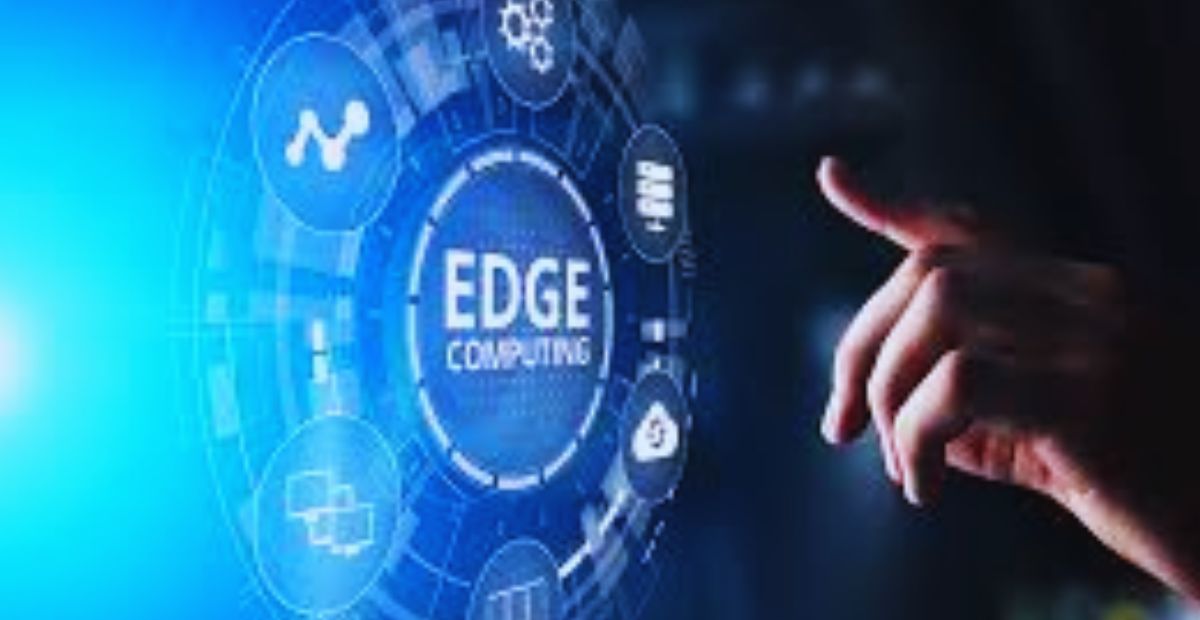In today’s digital era, the rapid growth of connected devices, real-time applications, and data-heavy services has shifted the focus from traditional centralized computing to more decentralized solutions. Among these emerging technologies, edge computing stands out as a transformative force. It is redefining how data is processed, stored, and analyzed—closer to the source rather than relying solely on distant data centers.
Understanding Edge Computing
Edge computing refers to the practice of processing data near the location where it is generated, such as sensors, smartphones, or IoT devices. Instead of sending all data to the cloud for processing, edge computing enables devices or local servers to handle data analysis at or near the edge of the network.
This approach reduces latency, minimizes bandwidth usage, and enhances response times, making it ideal for applications where speed and efficiency are critical—such as autonomous vehicles, industrial automation, and smart cities.
Why Edge Computing is Gaining Importance
- Low Latency and Faster Processing
One of the biggest advantages of edge computing is its ability to process data almost instantly. Since the data does not have to travel far, delays are significantly reduced. This is especially important in use cases like healthcare monitoring systems and real-time video analytics, where even a slight delay can lead to undesirable consequences. - Reduced Bandwidth and Cloud Dependency
Transmitting large volumes of data to the cloud can be costly and inefficient. Edge computing addresses this issue by filtering and processing data locally, thus only essential information is sent to the cloud. This not only saves bandwidth but also reduces operational costs. - Enhanced Data Security and Privacy
By processing sensitive data locally, edge computing reduces the risk of data breaches during transmission. This decentralized model allows organizations to maintain stricter control over their data, aligning with growing privacy regulations like GDPR. - Support for IoT Expansion
As the number of Internet of Things (IoT) devices grows, so does the need for a responsive and scalable infrastructure. Edge computing provides the necessary foundation to manage and operate vast IoT ecosystems effectively.
Applications Across Industries
Edge computing is being adopted across various sectors, each leveraging its benefits to optimize operations and improve user experience.
- Healthcare: Enables real-time patient monitoring and quicker diagnostic results through on-device analytics.
- Manufacturing: Facilitates predictive maintenance, automation, and enhanced quality control on the factory floor.
- Retail: Supports personalized customer experiences, inventory management, and smart checkout systems.
- Telecommunications: Enhances 5G performance by reducing latency and improving network reliability.
- Transportation: Powers intelligent traffic systems, autonomous vehicles, and fleet management.
Challenges and Considerations
Despite its benefits, edge computing is not without challenges. These include:
- Device Management: Managing thousands of edge devices can be complex and resource-intensive.
- Interoperability: Ensuring seamless integration between edge devices, cloud systems, and legacy infrastructure requires standardization.
- Security Risks: While edge computing improves privacy, the distributed nature of the system increases the number of potential attack points.
The Future of Edge Computing
As digital transformation accelerates, edge computing will play a central role in shaping the future of technology infrastructure. It will work in tandem with cloud computing, artificial intelligence, and 5G networks to create intelligent, responsive, and efficient ecosystems.
The ongoing development of edge-native applications, combined with advances in hardware and networking technologies, will only strengthen the capabilities of edge computing. Businesses that embrace this shift early will be better positioned to innovate and compete in a data-driven world.
Conclusion
Edge computing is no longer just a buzzword; it’s a critical component of modern tech infrastructure. By bringing computation closer to the data source, it offers tangible advantages in speed, cost, and security. As industries continue to evolve and demand real-time, localized processing, edge computing will undoubtedly become a cornerstone of digital infrastructure—driving innovation and enabling smarter solutions across the board.
